This section aims to provide ideas, information and professional learning to support primary teachers develop confident and responsible children and young people that are cyber resilient.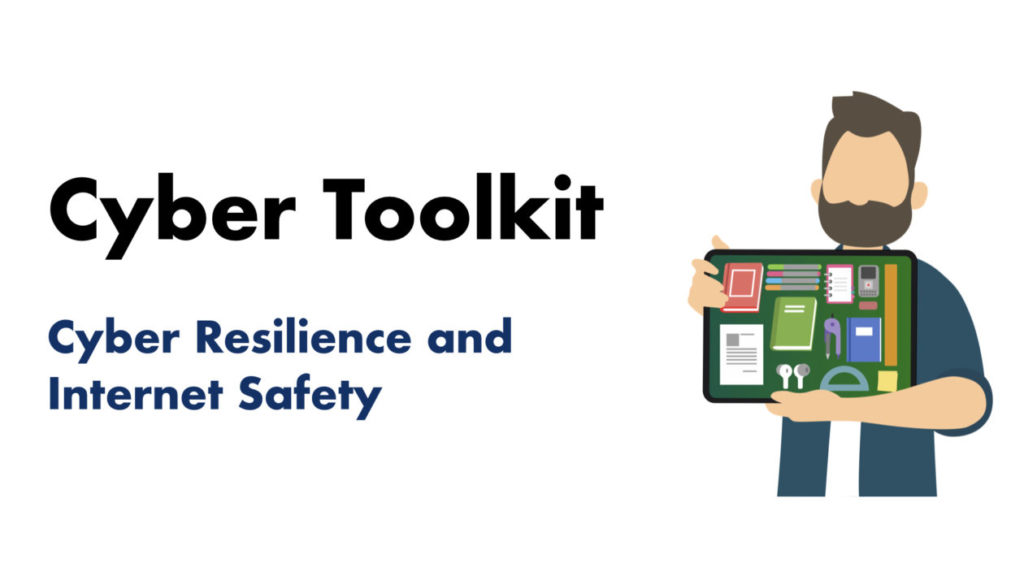
The Teacher Cyber Toolkit is the main page for information, ideas and resources for teachers. It splits internet use into: consume, create or communicate and has resources and information for each of these.
CyberFirst Navigators is a series of interactive videos and supporting resources for 11–14 year olds.
Cyber across the curriculum
Cyber resilience and internet safety can be incorporated into other curricular areas, below are links to those which are ‘responsibilities of all’. This has been kept concise for simplicity but there are many other aspects that could be explored by teachers.
More of the information we consume is now online, in the form of news, social media and literature. Learners need support to find, evaluate and make use of these texts.
More shopping than ever is done online. Learners need to understand how to set up devices and accounts with secure email and passwords, as well as how to identify and report scams and cyber threats.
There are lots of areas of our lives now touched by digital technology and cyber resilience can help keep them safer, more private and fairer.

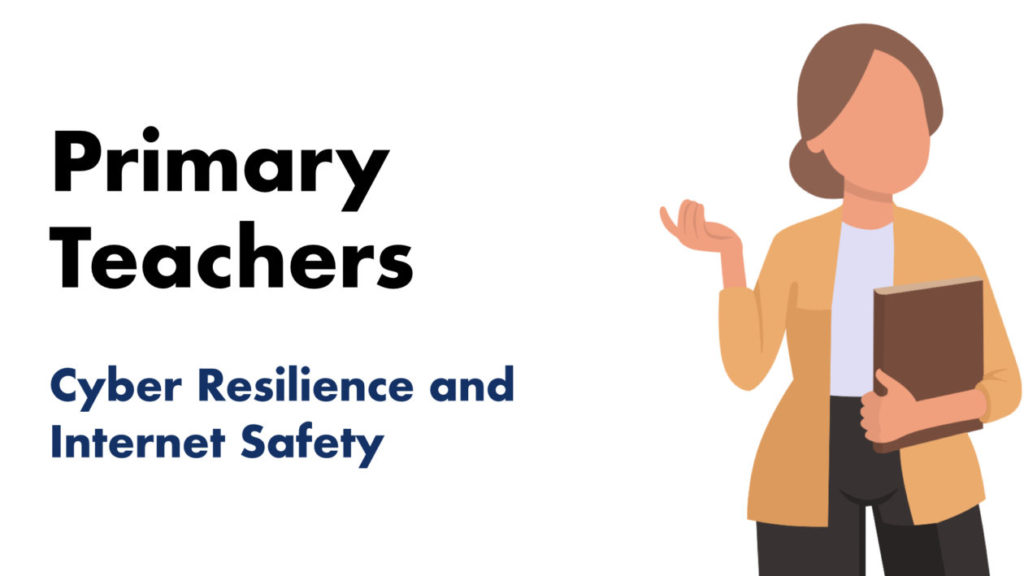



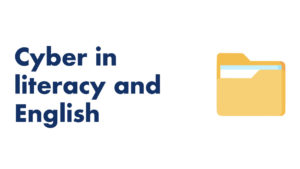
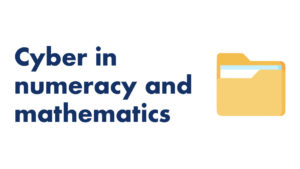
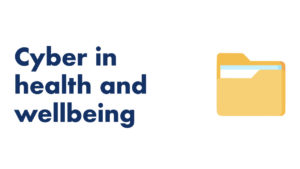







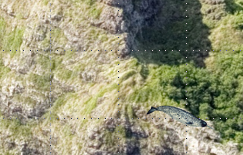
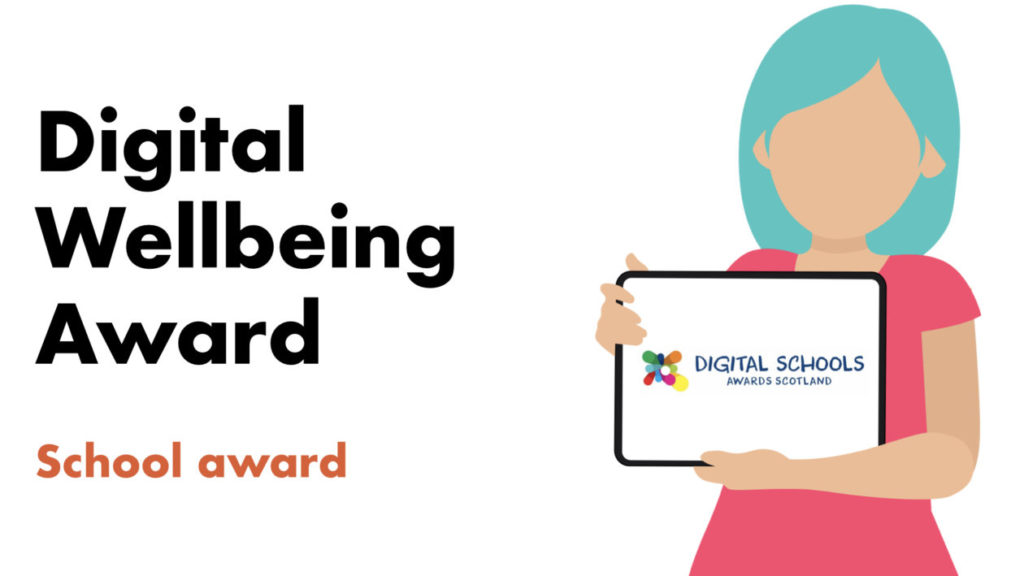








You must be logged in to post a comment.